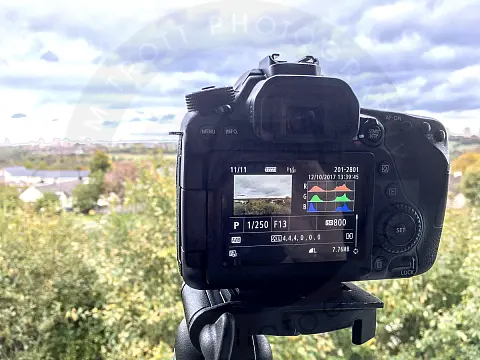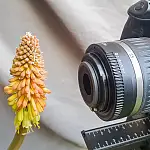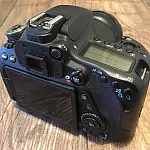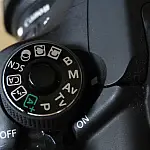What is the Exposure Triangle and How Does It Affects Exposure?We take a look at what exposure in photography is, camera settings that make up the exposure triangle and how to get the perfect exposure.
This article is part of a series of articles. Please use the links below to navigate between the articles.
- Introduction to Photography Course - Definition & Types of Photography
- How Cameras Work and Terminology Explained for Beginners
- What is the Exposure Triangle and How Does It Affects Exposure?
- Understanding Camera Shutter Speed for Beginners
- Aperture and Depth of Field in Photography Explained
- What is Digital Photography ISO and Grain?
- How to Understand Camera Lenses and Focal Length
- Essential Photography Composition Rules To Improve Your Photos
- Camera Metering Modes Demystified - Which One To Use
- Camera Shooting and Exposure Modes Explained
- Complete Guide to Flash Photography for Beginners
- When and How To Use A Camera Tripod In Photography
- What Are White Balance And Colour Temperature Camera Settings?
- How to Use Camera Histograms in Photography for Perfect Exposure
- Master These 10 Camera Settings For Your Best Photographs
- Why You Should Be Shooting in RAW - Reasons and Benefits Explained
- Essential Photo Editing Techniques to Enhance Photographs
- Complete Guide to Macro Photography for Beginners
- Beginners Landscape Photography Guide for Stunning Photos
In photography, creating the perfect exposure is a juggling act, balancing aperture, shutter speed and ISO. The relationship between ISO, Aperture and Shutter Speed is called the Exposure Triangle. These three elements work together to form the perfect exposure. The trick to balancing the exposure triangle is to get all three elements working together so you get the results you want, and not what the camera tells you.
What is the Exposure Triangle?
The Exposure Triangle is a triangle which allows you to visualize the relationships between aperture, shutter speed and ISO. As you decrease ISO you have to increase shutter speed or aperture to compensate. The Exposure Triangle chart below helps illustrate the exposure triangle.

Shutter Speed and the Exposure Triangle
Shutter speed is simply a measure of how long the sensor or film can capture light. The shutter speed is measured in seconds, tenths, hundredths or thousandths of a second, expressed as 2" (2 seconds), 1/10 (one-tenth second), 1/100 (one one-hundredths) and 1/1000 (one one-thousandth). The longer the shutter is open the more light is gathered.
Shutter speed is the most important aspect of exposure. If your shutter speed isn't fast enough to give you a sharp image, nothing else will save the image. As a general rule of thumb for handheld photography, the slowest shutter speed you should use is one over the focal length. So for a 300mm lens, the slowest shutter speed you should use is 1/300 sec. Image stabilisation and tripods can be used to increase the shutter speed, but for handheld photography, you should look to increase the aperture or ISO.
Aperture and the Exposure Triangle
The aperture is the size of the opening in the lens and is generally used to adjust the amount of light entering through the lens. Aperture is measured in f-stops or f-numbers and the numbers represent the ratio between the focal length of the lens and the diameter of the aperture. These f-numbers are typically written as f/2.8 or f/22. Aperture is often used to control depth of field, creating a pleasing background blur to enhance the subject.

Smaller f-numbers (wide aperture) let in more light while reducing the depth of field. Large f-numbers (narrow aperture) let in much less light and increase the depth of field.
ISO and the Exposure Triangle
ISO is a measure of sensitivity to light in film, for digital photography it is more like signal amplification. Larger ISO numbers amplify the light gathered but also amplify noise and reduce image sharpness and dynamic range.
You should always use the lowest ISO possible, however, if you're already using the longest shutter speed for the subject and the widest possible aperture, increasing the ISO is the only option available to you.
What is Exposure Value (EV)
We call a specific combination of aperture, shutter speed, and ISO an exposure value (EV) and often refer to a change that either doubles or halves the amount of light reaching the sensor (or doubles or halves the sensitivity) as a stop.
A change from f/2.8 to f/4 is one stop and this halves the amount of light entering through the aperture. To compensate for this reduction, we need to double the shutter speed from say 1/60 sec to 1/30 sec (double the shutter speed) or increase the ISO from 100 to 200 (double the ISO).
Regardless of the subject matter you wish to shoot, understanding exposure is crucial to ensuring that the image you want to create and the image you end up creating are the same.










